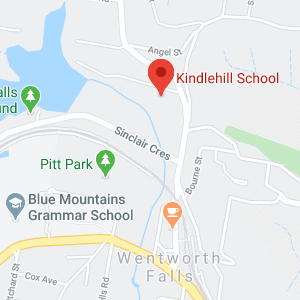Kindlehill Senior School – Buran Nalgarra – Strength and Learning through Togetherness
How can we benefit the community by educating differently in senior school?
“Yanama Budyari Gumada – to walk with good spirit through patience, humility, respect; we are stronger when we work together with these attributes.” Uncle Lex

